Effective communication is key to ensuring equity and fair access in a globalized world. Under Section 504 of the Rehabilitation Act of 1973 and The Americans with Disabilities Act of 1990 (ADA) it is the responsibility of covered entities to provide effective communication at no-cost to the consumer. For Deaf & Hard-of-Hearing (DHH) communities in the US, American Sign Language (ASL) interpreters provide a lifeline in situations where language inequality prevents critical information from being accessed.
ASL interpreters facilitate communication between Deaf & Hard-of-Hearing communities and hearing individuals using Sign Language. But it seems like there aren’t enough interpreters to go around.
Is there an ASL interpreter scarcity? Let’s take a deeper look.
Growth Trends and Statistics:
Concrete statistics surrounding Deaf and Hard-of-Hearing populations is lacking due to inefficient resources and limited funding in supporting and surveying these unfairly marginalized communities. But we continue to see a shortage of ASL interpreters in fields from healthcare to higher education, as the demand for their services grow. Language Services Associates (LSA) works to improve access for Deaf and Hard-of-Hearing individuals and continues to research and implement strategies to establish the most efficient means for providing effective communication.

Extensive Training, Education, and Certification Process:
Becoming a certified ASL interpreter begins with an undergraduate degree in American Sign Language and requires continuous updated education, workshops, and development. On average, it takes anywhere from five to ten years and includes achieving fluency in ASL, understanding Deaf culture, and passing rigorous certification exams.
Not only do many states have their own licensing and requirements, but the Registry of Interpreters for the Deaf (RID) administers different types of national certifications that are required for numerous interpreting positions (including becoming an ASL interpreter for Language Services Associates). While there is no national requirement for certification in the US, providers like LSA rely on certified interpreters to ensure the integrity of our work and reliability of our interpreters.
To qualify for the RID national certification, applicants must have a bachelor’s degree or an equivalent – so even if someone understands the language, culture, and technical skills required, if they do not have a degree, they cannot attain the national certification necessary to be an ASL interpreter for LSA and many other institutions.
A High Demand, Geographical Obstacles, and Physical Challenges:
The current demand for qualified ASL interpreters is substantial. According to the National Census of the Deaf Population there are approximately 500,000 Deaf and Hard-of-Hearing Americans who use ASL, and a ratio of roughly 50 Deaf or Hard-of-Hearing ASL users to one ASL interpreter. Across numerous sectors like healthcare, education, and the legal industry, companies are constantly contending for support. With a limited pool of ASL interpreters available, and such a high demand, it creates an imbalance that intensifies competition among organizations vying for sign language services.
Additionally, interpreters are not available in every geographic locale. With only around 10,000 certified ASL interpreters in North America, many areas struggle to find resources. While urban areas might have more professionals available (and still struggle), rural areas tend to be hit hardest. Video Remote Interpretation (VRI) provides a great option for virtual ASL support, but it requires a strong internet connection, and in many rural areas the infrastructure support is not available.
Then there’s the physical toll ASL interpretation has on interpreters. Sign language is both mentally and physically exhausting. Interpreters utilize hand and arm movements, facial expressions, and body movements to convey meaning and can risk injury by overexerting themselves. There are only so many hours an ASL interpreter can sign for, and many will only accept longer jobs when there are at least two interpreters assigned.
Hesitancy to Work with Full-Service Language Service Providers:
We’ve talked about the laws protecting and providing for DHH communities, as covered under ADA, as well as the stringency of requirements for an ASL interpreter to become and remain certified, so it might come as little surprise that there are some hesitancies to work with “spoken language agencies.” LSA is a full-service agency, providing expert equitable communication for both hearing limited English proficient and DHH consumers. Due to the subtle but vast differences between interpreting for a spoken language and a signed language, there is some skepticism that full-service agencies may not be fully invested in adhering to the same tenants required of agencies who only provide services for Deaf & Hard-of-Hearing Communities. However, LSA is proud to uphold those same pillars and tenants mandated by the Registry of Interpreters for the Deaf.
Veteran Interpreters Retiring:
Seasoned career interpreters are retiring sooner than expected, with fewer later generations entering the field to ease the strain. Fewer students are choosing to pursue certification following studies, creating gaps in the profession.
The LSA Difference:
LSA is fully dedicated to ensuring the best experience for both our clients and ASL interpreters. We have staff across various departments proficient in understanding the nuanced needs and concerns of the Deaf and Hard-of-Hearing community. We are a full-service language provider that adheres to the same framework and expectations as a Deaf-only agency. We incorporate training and Deaf sensitivity at an organizational cultural level.
LSA is dedicated to upholding our high standards while providing support to our ASL interpreters.
- We strictly work with RID/BEI-certified ASL interpreters offering our clients the most professional experience without cutting costs or corners.
- We guide and assist ASL interpreters in attaining state licensures and acknowledgment when and where they’re needed. We reach out to state agencies and our contacts at RID on their behalf when necessary and/or requested.
- We are fully invested in in upholding our high-quality standards even under the pressure of a certified ASL interpreter shortage.
- We offer flexible schedules with the opportunity to work as an employee or independent contractor, onsite or virtual, and versatility in how assignments are handled.
- We offer interpreters the ability to work in the communities they live in to fulfill their obligations and assure equitable services where they are.
- We offer and understand the benefits of certified Deaf interpreters (CDI).
- We offer tactile sign language for low-vision and Deaf-Blind individuals.
Language Services Associates (LSA) works with the highest qualified ASL interpreters in the field. We ensure our partners continually have the language support they need, 24/7/365. We provide Onsite ASL interpreters across the country, Video Remote Interpretation to fulfill virtual and on-demand needs, and training and support for the use of our services.
Learn more about LSA’s American Sign Language services today!
Contact our team at 800.305.9673 X55305 or fill out our contact form in seconds.
Are You an ASL Interpreter?
If you’re passionate about making a difference and want a fulfilling career as an ASL interpreter with LSA, we’d love to hear from you! Join LSA and become part of a team dedicated to enhancing communication and accessibility for the Deaf and Hard-of-Hearing community.
Check out our open positions!


